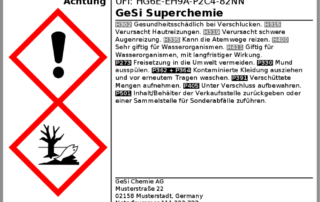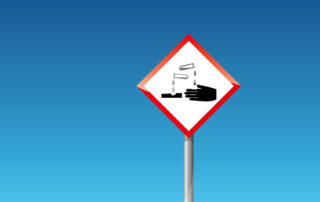What is different in the US-SDS? (Part 2)
After an overview from the first part to the series, I summarize some differences between the European (EU-SDS) and the US Safety Data Sheet (US-SDS) formats. As a source, I primarily use the corresponding legal sources. [1] [2] Substances and mixtures in the EU-SDS The CLP Regulation indicates the classification and labeling and identification









